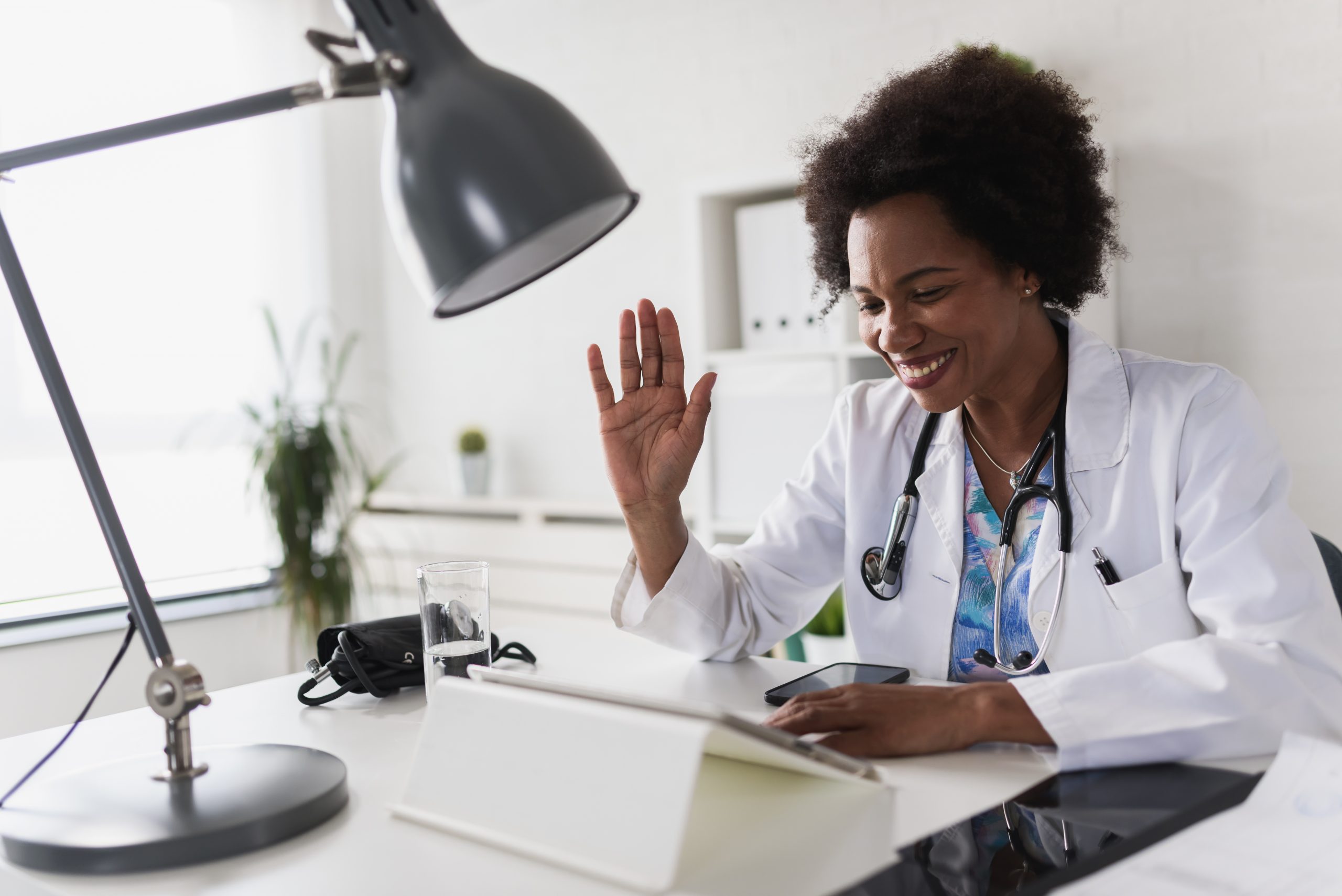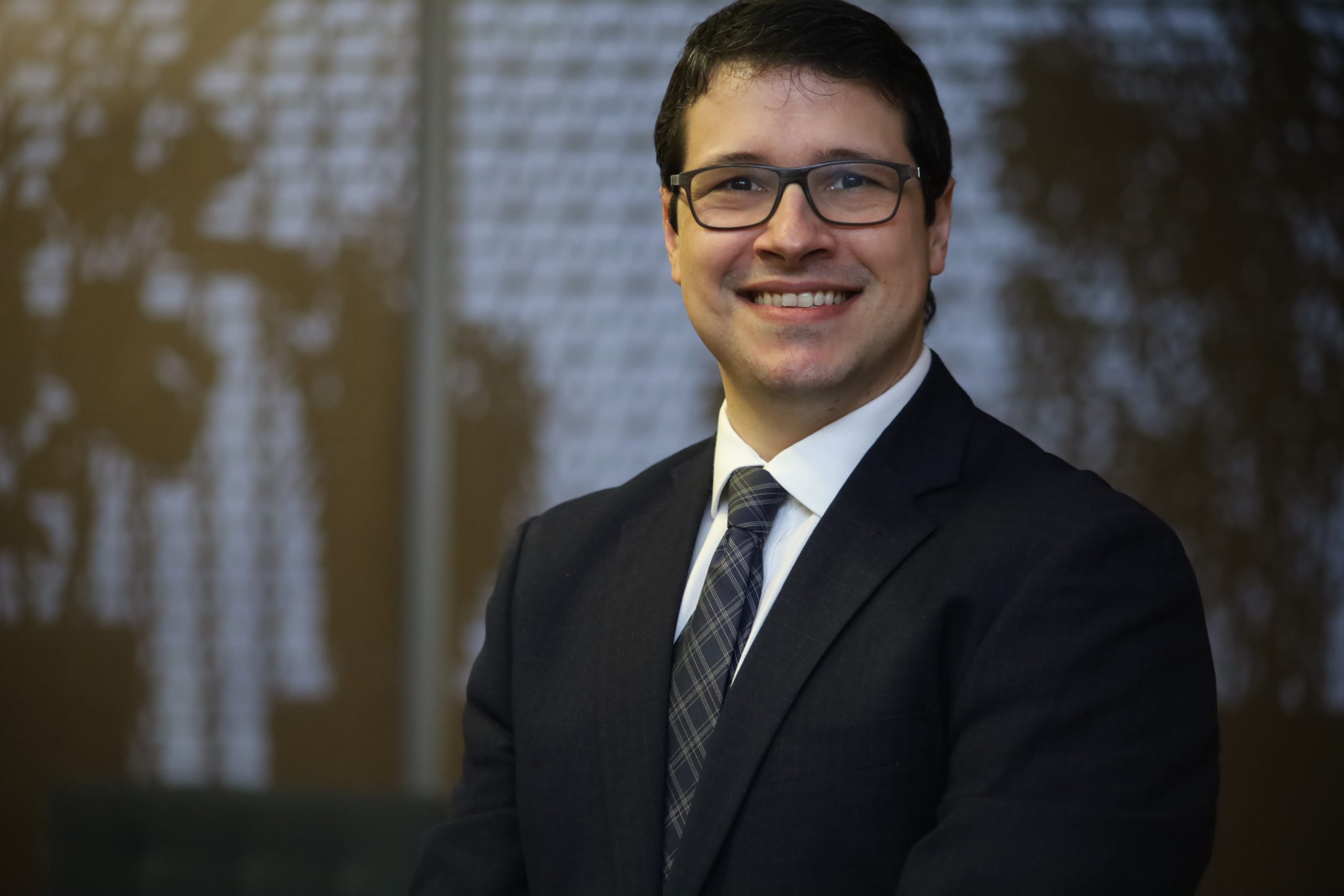Technology developed in Israel is also used in Brazil for remote care of communities and allows checking of vital parameters
Telemedicine is nothing new in conflict zones. Doctors Without Borders, for example, has been using it since 2010. Today, thanks to the technology available, it is possible not only to perform clinical examinations, but also to check vital signs and perform physical examinations, such as pulmonary auscultation.
In the case of the war between Russia and Ukraine, which began on February 24 of this year, telemedicine has been a very positive weapon. Ukrainians, who are being forced to leave their country due to the conflict and are traveling for more than 24 hours to reach Moldova, for example, have been able to count on this important support, which is especially crucial for people who suffer from chronic illnesses or need medical care. The professionals who are providing the care are based in Israel, more than two thousand kilometers away.
It is not possible to say exactly how many refugee services have been provided in Moldova, but the number of service points, which initially consisted of one, and the staff – initially 15 people – have increased.
One of the technologies being used in this process was developed in Israel and is called TytoCare (distributed in Brazil by Tuinda Care, one of the associates of Saúde Digital Brasil).
According to the company's director in Brazil, Ana Carolina Lucchese, the technology has already been used to provide access to healthcare in an indigenous community in Curitiba, through a private initiative project. The clinical staff responsible for the initiative chose to make in-person visits and use this equipment to handle more emergency visits or to perform chronic monitoring more regularly.
This is a portable device with a high-resolution camera that can be attached to other functionalities. With this, it is possible, for example, to listen to the heart and lungs and perform an otoscopy by looking at the ear canal, in addition to obtaining high-definition images of the throat and skin to monitor everything from scars to infections and wounds, measure temperature, oxygen saturation, check abdominal sounds, among other parameters.
Although telemedicine has been regulated as a matter of urgency due to the pandemic, applications such as these demonstrate and only reinforce its need and how effective it is in ensuring and expanding access to healthcare in any situation. It is worth remembering that, as the end of the pandemic approaches, which will happen when the WHO (World Health Organization) deems it appropriate, its continuity and full exercise will no longer be regulated and Brazilians may lose the right to access specialists through technology.
“The role of telemedicine is exactly this: to guarantee access to medical care for the population wherever they are. Losing this, in addition to being a setback, would further undermine the already deficient Brazilian healthcare system,” emphasizes Caio Soares, president of Saúde Digital Brasil.
See report: https://www.youtube.com/watch?v=7Mpfy_FWY8g





